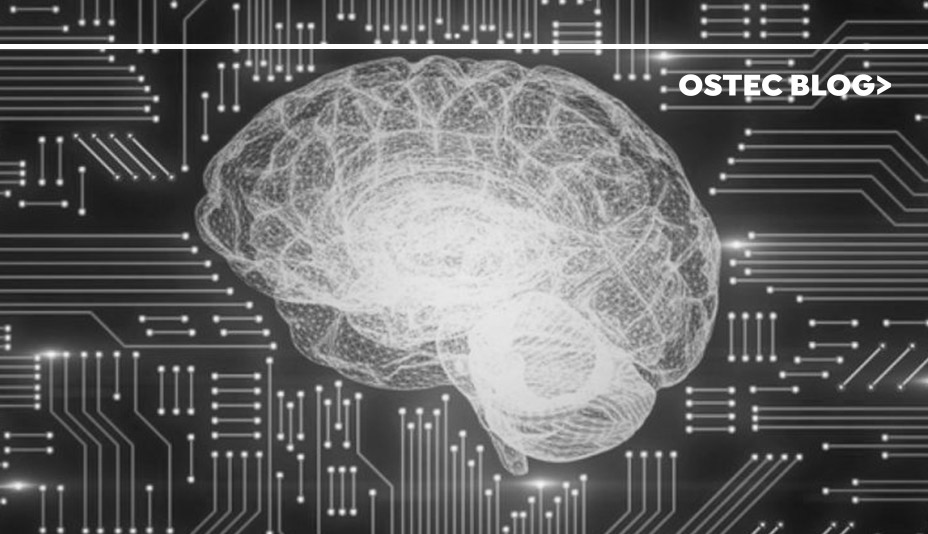This post is also available in: English
It is already among us! The technologies that use Artificial Intelligence (AI)are already present in our daily activities, even in some moments in a little perceived way. The recommendation of movies and series that may be of interest to us at Netflix uses artificial intelligenceto recognize patterns, making suggestions based on our preferences. Credit card operators use AI to identify suspicious expenses, preventing losses to their users. When you say “ok, Google” or “hey, Siri,” the answer comes from an Artificial Intelligencesoftware, which learns from you and from many other users, identifying patterns and reacting to the best responses.
With the evolution in machine learning, Artificial Intelligencehas become increasingly intelligent and less artificial, being applied in a multitude of market segments.
As it could not be different, AIhas also been gaining space in products and services associated to digital security, facilitating the day to day of technology professionals and increasing security levels in organizations. In this blog post, we will give an overview of how this concept has been applied in security products, as well as the benefits and challenges for technology to gain space in the current and future market.
How AI is being applied to information security
A recent research by Gartner, a global leader in unbiased technology research and advice, has identified Artificial Intelligenceas a prime tool that will enable businesses to survive and grow over the next 5 to 10 years. In addition, research companies also estimate that AI-based solutions will be in almost all software products by 2020.
In digital security, Artificial Intelligenceis closely linked to the prevention of virtual threats in an autonomous way. A digital security product that uses this type of technology can be adapted to analyze and classify several variations of malware, being able to promote increasingly efficient defense mechanisms.
A study by the Massachusetts Institute of Technology (MIT) in 2016 showed that Artificial Intelligenceis capable of detecting 85% of cyberattacks. These systems encounter suspicious activity, confront behaviors based on extensive databases, and make automated decisions. They then report to human experts in order to confirm which events were actual attacks. In the end, AI incorporates this feedback into its system and thus improves its ability to detect and solve problems.
The smarter the threat, the smarter the protection needs to be.
Today we have more machines than connected cell phones. There are more than 8.4 billion IoT devices connected and the forecast is that by 2020 they will be more than 20 billion. In this scenario, it is imperative that security solutions are implemented, being capable of “learning” and adapting quickly, through situations that may generate security risks to the corporate data. Specifically speaking about perimeter security, we can highlight products characterized as smarts firewalls, which use artificial intelligenceto raise the level of network security, going beyond the features present in a traditional firewall.
While the conventional firewall model only handles IP and source / destination port and flags, statically, a smart firewallgoes further. With deeper analysis within network packets, a smart firewall is able to analyze packet behavior and identify anomalies. While the conventional firewall model only handles IP and source / destination port and flags, statically, a smart firewall goes further. With deeper analysis within network packets, a smart firewallis able to analyze packet behavior and identify anomalies
Products that can learn
The great advantage of using Artificial Intelligenceis the possibility of self-learning, based on data. And this is what can be seen in the Cognitive Antivirus developed by the American company Sparkcognition.
Senior Product Manager Keith Moore explains that through the use of cognitive algorithms it is possible to constantly learn new malware behaviors, recognizing how the polymorphic file can attempt to attack in the future. According to him, “This keeps all endpoints safe from malware that uses domain-generated algorithms, obfuscation, minor codefixes, and many modern tools.”
In addition to this initiative, other companies around the world are developing AIswith a focus on self-learning to enable automatic defense of devices and networks. There are countless projects focused on corporate audiences and also on the protection of home networks. The reflection of this movement is an increasing number of products in the market with the “Smart” concept.
However, there is still one thing that no technology can do: thinking strategically, choosing the solution that best fits the business reality, and also taking into account tangible and intangible variables.
That’s why no matter how technology advances, CIOs and IT professionals still need to be aware of the importance of investing in digital security and thus seek to deploy techniques and tools that make corporate environments more secure, taking into account the particularities of each organization.
This post is also available in: English









